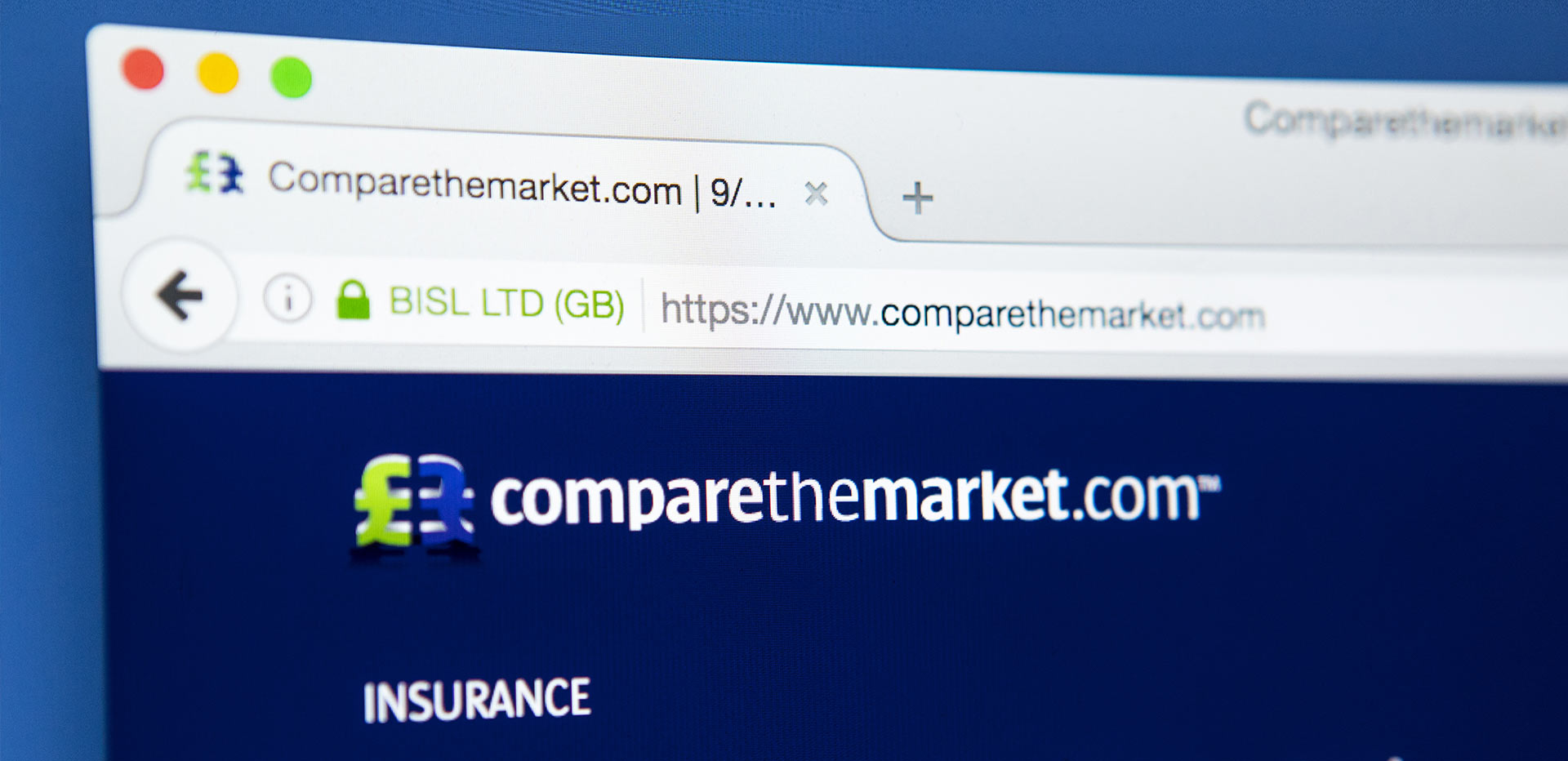In competition law, how to define markets in the context of two-sided platforms is a hot topic. Drawing on the judgment of the UK Competition Appeal Tribunal in BGL/Comparethemarket v. Competition and Markets Authority, we address some of the main questions and misunderstandings about multi-sided market definition.
By Andreea Antuca, Gunnar Niels & Helen Ralston-Smith[1]
I. INTRODUCTION
Market definition in the context of two-sided platforms has been subject to debate in competition policy for some time.[2] The judgment of the UK Competition Appeal Tribunal (“CAT”) in BGL/Comparethemarket v. Competition and Markets Authority provides useful additional guidance, but also leaves questions unanswered.[3]
This case arose following the Competition and Markets Authority’s (“CMA”) infringement decision against BGL for the use of wide most-favored-nation (“MFNs”) clauses (also known as price parity clauses) in the distribution of home insurance by its price comparison website (“PCW”) Comparethemarket.[4] In the UK, PCWs emerged in the early 2000s, quickly becoming a popular way for consumers to search for, and purchase, insurance products.
The CMA recognized that these PCWs are, in general, a “force for good,”[5] stimulating competition between suppliers by engaging consumers and assisting in search and comparison, thereby countering consumer inertia (the majority of home insurance policies in the UK continue to be renewed each year, without the cust
...THIS ARTICLE IS NOT AVAILABLE FOR IP ADDRESS 216.73.216.134
Please verify email or join us
to access premium content!

